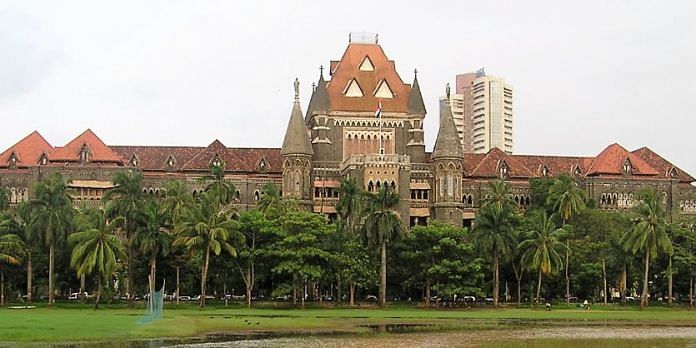Chief justices of high courts and the Supreme Court can move cases from one bench to another.
It is every litigant’s dream to get a potentially unfavourable judge off her case. But trying to do that is dangerous, and the Maharashtra government seems to have realised it after a brief controversy.
Last week, the state’s advocate general Ashutosh Kumbhakoni made a complaint to the Chief Justice of the Bombay High Court that a particular judge harboured a “serious bias” against the state machinery in a case.
The judge in question, Justice Abhay Shreeniwas Oka, had made scathing observations against the state in a previous hearing, perhaps indicating what his ruling could be.
Chief justice Manjula Chellur received the government’s complaint and had Justice Oka removed from the case, only to reinstate him after outrage. The government offered an obligatory “unconditional apology” and asked for the issue to be put to rest.
While the government did take judicial independence for a ride, how did the court allow it, even if only for a day?
The answer to this lies in the administrative powers of the chief justices of high courts and the Supreme Court. The chief justice is the “master of the roster” which is legalese for having the power to decide which judge should hear a case.
The chief justice usually makes bi-annual allotments on the basis of which cases automatically go to judges. But a chief justice has the power to pick a judge or transfer a case to a different bench.
Take for instance the criminal conspiracy case in the Supreme Court against Bhartiya Janata Party leaders L.K. Advani, Murli Manohar Joshi, Uma Bharti and 10 others.
The case was taken off Justice Rohinton Nariman’s list, only to be restored, after it sparked a controversy. The judge had made adverse remarks against one of the parties in a previous hearing.
Senior advocate Dushyant Dave had questioned in open court why the suicide letter of former Arunchal Pradesh chief minister Kalikho Pul was dealt with by “handpicked judges” instead of conducting an inquiry on the administrative side.
In 2015, the then chief justice of India T.S Thakur did away with two hugely popular special benches- the tax bench and the social justice bench. His successor restored them, but again gave no reasons.
Administrative powers cannot be exercised arbitrarily or on a whim — a principle that the judges remind the executive time and again. Not passing written orders for creating, removing or rejigging benches is almost the norm for chief justices. Written orders from chief justices could ensure that no one can point fingers at the judiciary.






